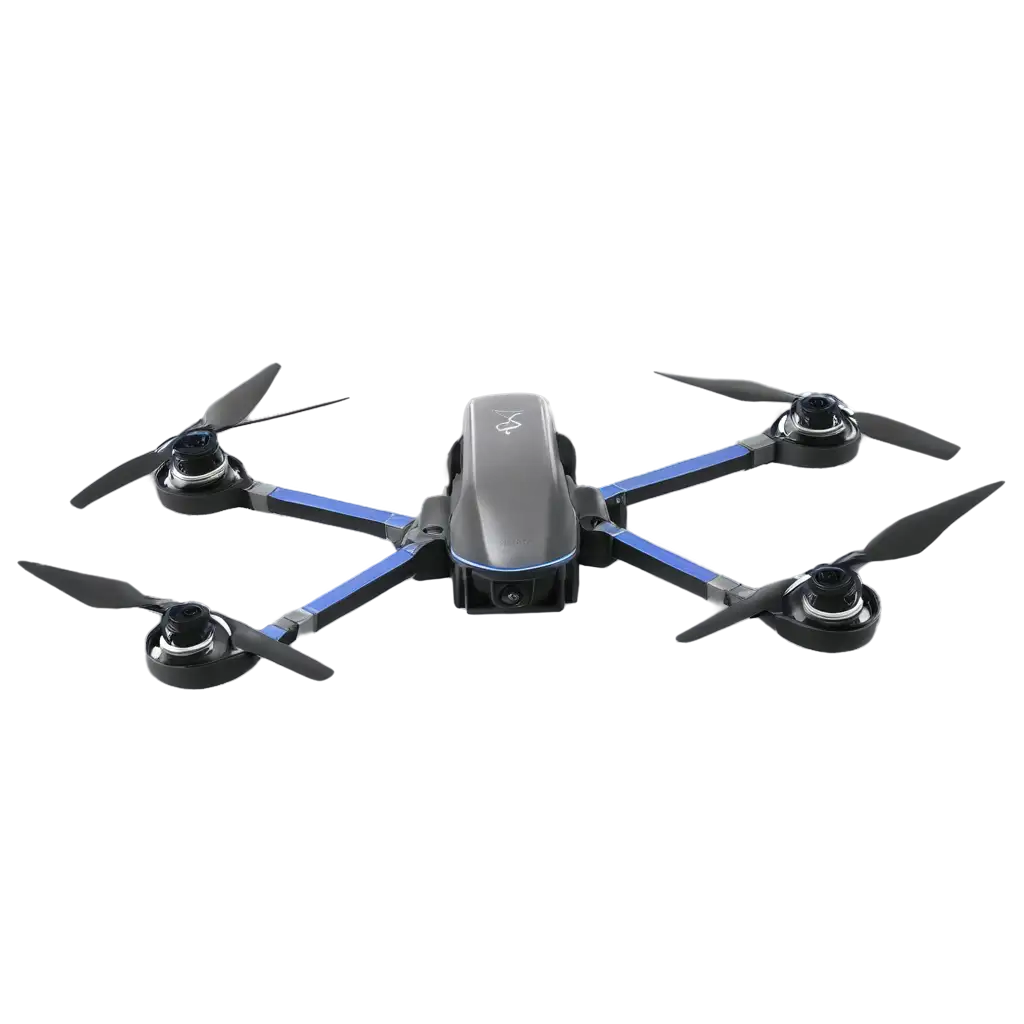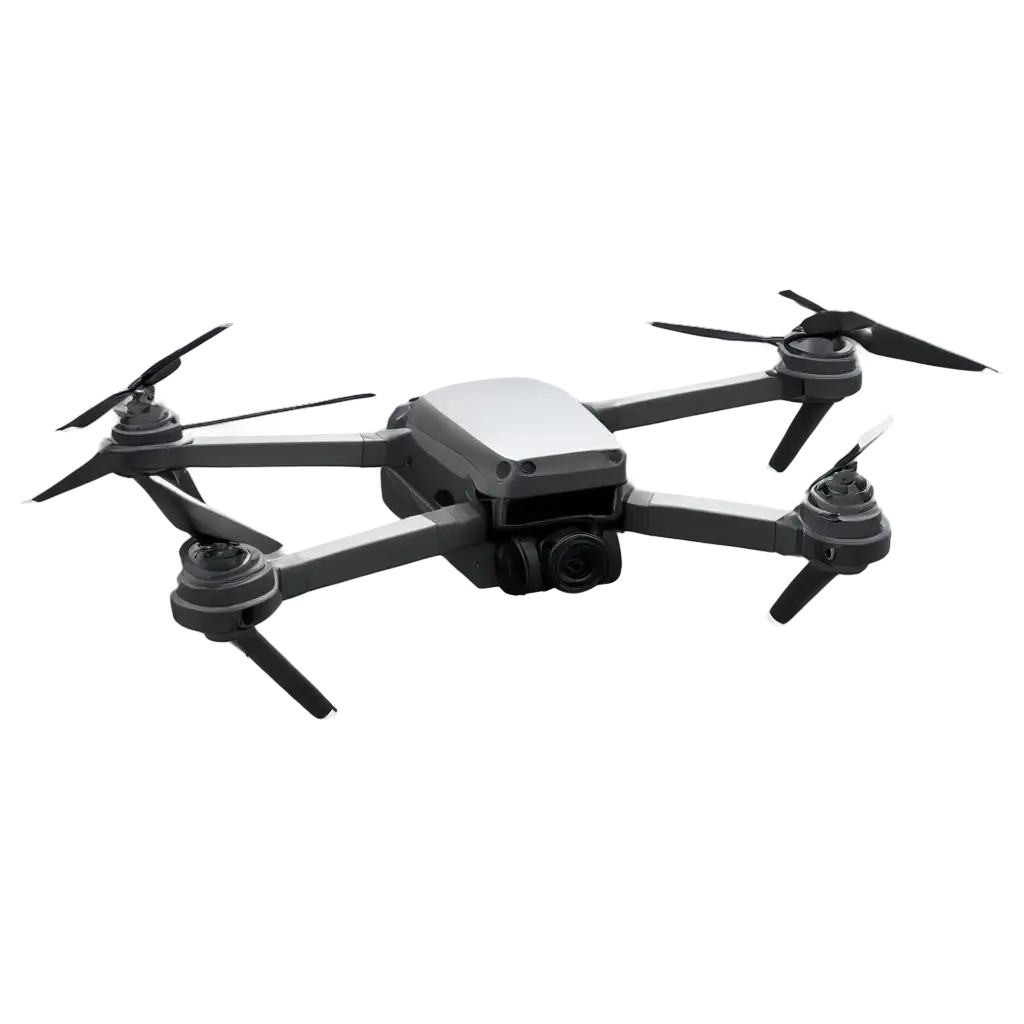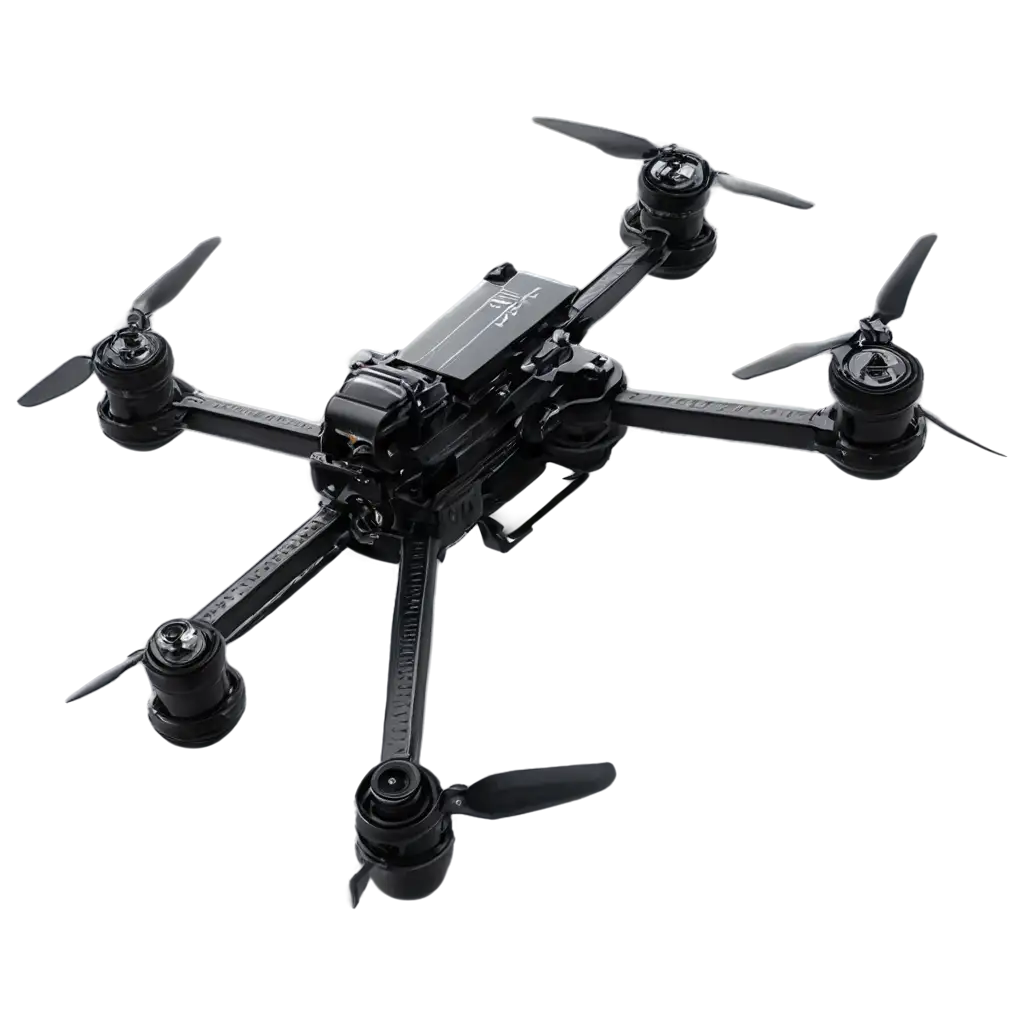3 Free Cinematic Shots transparent PNG images
Discover our curated collection of 3 free AI-generated Cinematic Shots, offering a stunning array of visually compelling imagery that captures the essence of professional cinematography. Browse through our diverse selection of stock photos, 3D renders, vectors, and illustrations, all available in high resolution for immediate download. Take advantage of our innovative 'open in editor' feature on any image's detail page to fine-tune the prompts and regenerate images that perfectly match your creative vision.



Related Tags
Cinematic shots represent a sophisticated approach to visual composition that originated in traditional filmmaking. These shots are characterized by their careful attention to framing, lighting, depth of field, and color grading – elements that create a distinctively professional and immersive viewing experience. In the context of AI-generated imagery, cinematic shots incorporate these classical principles while pushing the boundaries of what's possible through computational creativity. The AI algorithms analyze countless examples of cinematography to understand and recreate the subtle nuances that make a shot truly cinematic, from the golden ratio in composition to the interplay of shadows and highlights that create mood and atmosphere.
Understanding Cinematic Shots: From Film Theory to AI Generation
AI-generated cinematic shots exhibit several key characteristics that set them apart from standard imagery. These include dramatic lighting setups that create strong contrast and dimensional depth, precise framing that draws attention to the subject while maintaining visual balance, and sophisticated color grading that enhances the emotional impact of the scene. The AI particularly excels at implementing techniques like the rule of thirds, leading lines, and selective focus, while maintaining consistent perspective and scale relationships. Advanced features such as bokeh effects, anamorphic lens distortions, and film grain textures are seamlessly integrated to achieve that coveted cinematic look. Each generated image demonstrates careful consideration of aspect ratios, typically favoring widescreen formats that echo theatrical presentation standards.
Essential Elements That Define AI-Generated Cinematic Photography
AI-generated cinematic shots serve diverse purposes across various industries. In digital marketing, these images elevate brand storytelling through visually striking promotional materials and social media content. Film and television production teams utilize them for storyboarding and pre-visualization, saving considerable time and resources in the creative planning process. Web designers integrate these shots to create immersive website headers and landing pages that capture visitors' attention. Content creators and digital artists leverage these images for book covers, album artwork, and editorial illustrations. The versatility of AI-generated cinematic shots extends to virtual reality environments, architectural visualization, and educational materials where compelling visual narratives are essential.
Applications and Use Cases in Modern Digital Media
The evolution of AI-generated cinematic shots continues to accelerate, driven by advancing technology and creative innovation. Emerging trends include the integration of dynamic lighting systems that can simulate complex environmental conditions, enhanced ability to generate consistent character appearances across multiple shots, and improved handling of intricate details like realistic texture mapping and atmospheric effects. We're seeing development in style transfer capabilities that can apply specific directors' or cinematographers' signature looks to generated images. The future promises even more sophisticated integration of physical camera behaviors, including realistic motion blur, lens flares, and depth of field effects. As AI models become more sophisticated, we can expect to see increased photorealism, better handling of complex scenes, and more nuanced control over specific cinematic elements.
Future Trends in AI-Generated Cinematic Imagery